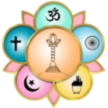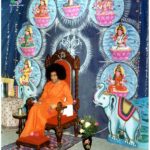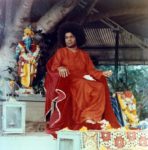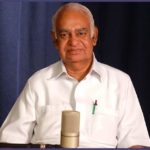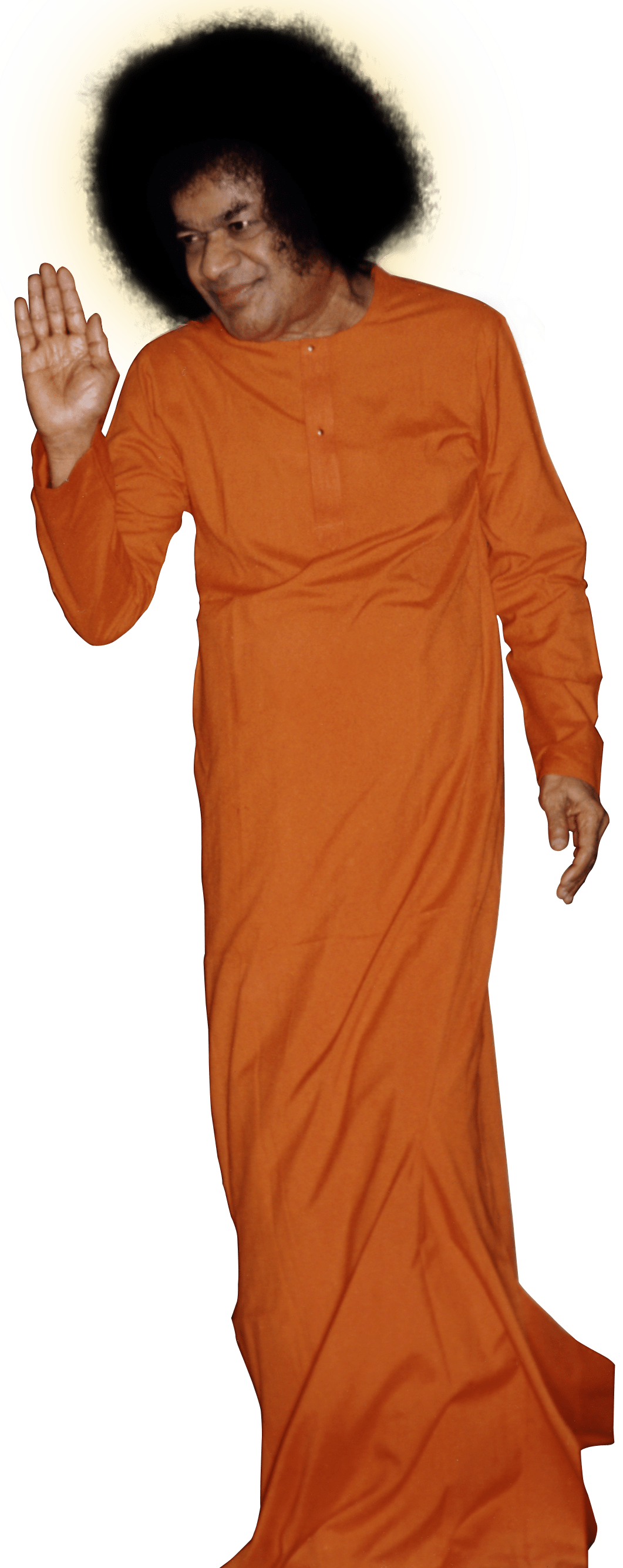Quote
The truth proclaimed by all religions is one and the same. The ultimate goal of all religions is the same.
- Sri Sathya Sai Baba
(Divine Discourse, 23 July 1989)
What are Human Values?
Bhagawan Sri Sathya Sai Baba taught Human Values as these five fundamental manifestations of Divinity in humanity.
-
Sathya - Truth
Sathya is My Prachar (Preaching)
-
Dharma - Righteousness
Dharma is My Achar (Practice)
-
Prema - Love
Prema is My Swarupa (Form)
-
Shanti - Peace
Shanthi is My Swabhava (Nature)
Resources
Articles
Videos
